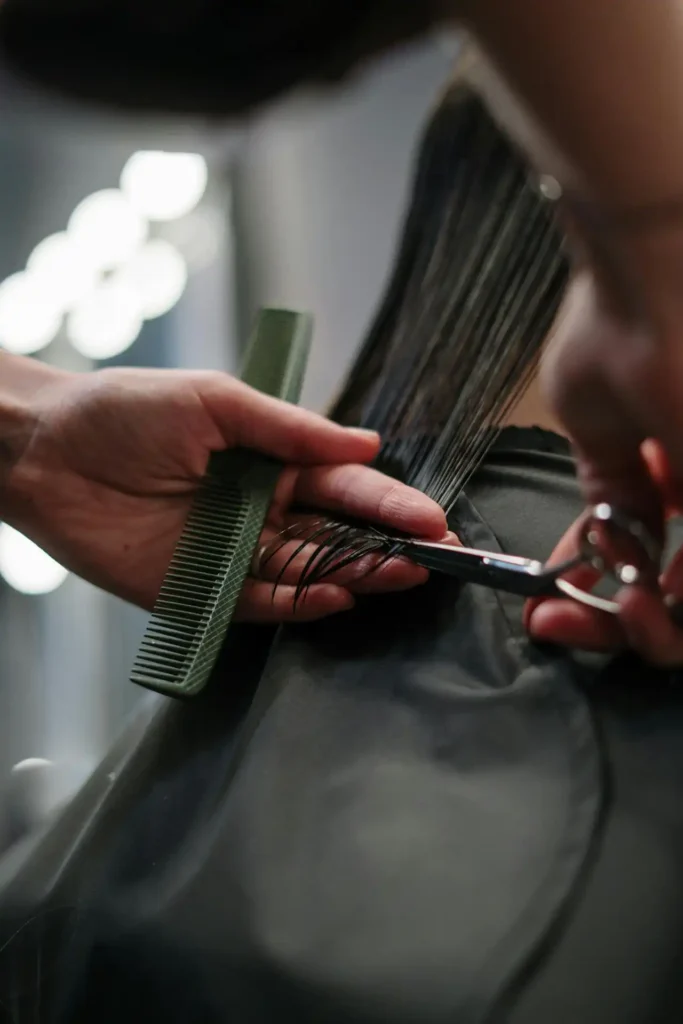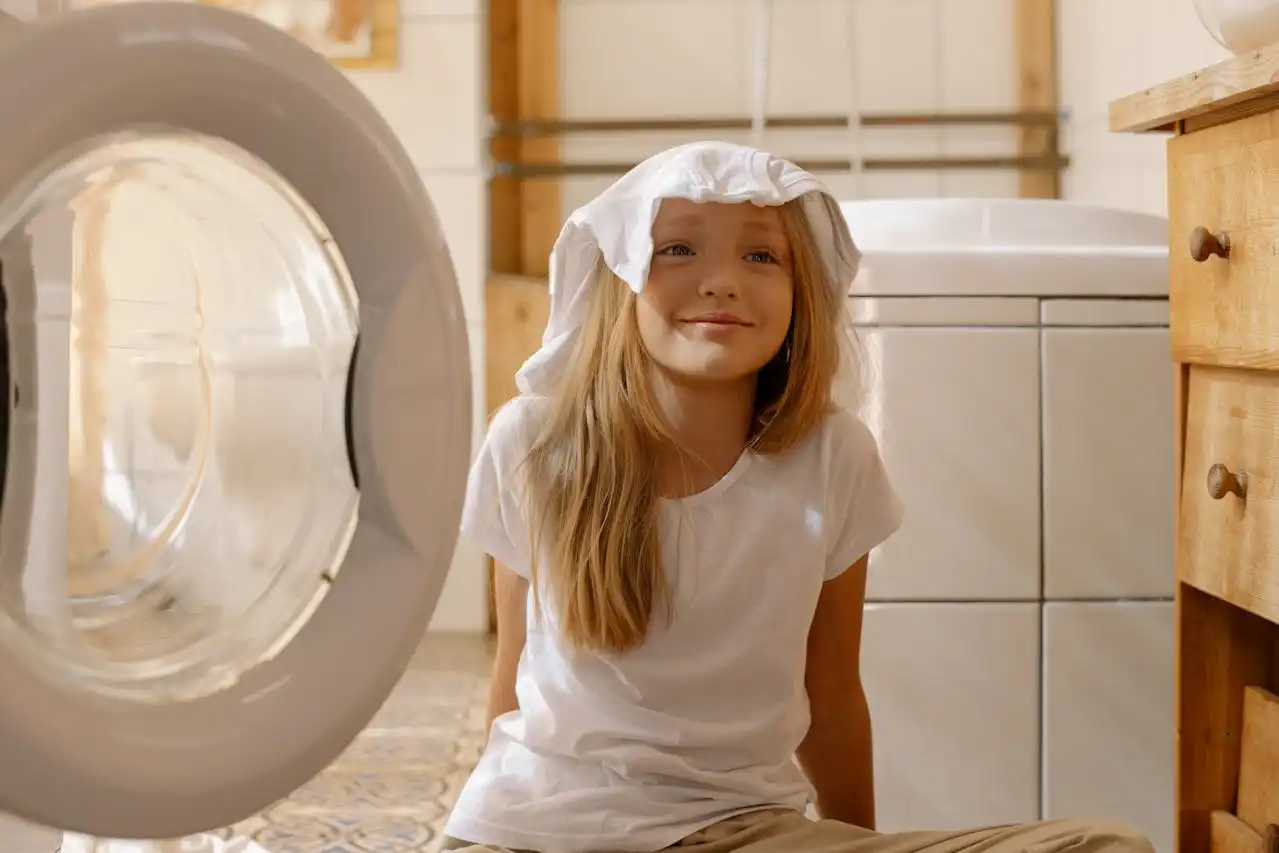The Best DIY Hair Masks for Damaged Hair
Your hair has been through a lot. Heat styling, chemical treatments, sun exposure, and daily wear have left your strands looking dull and feeling brittle.
You don’t need expensive salon treatments to restore your hair’s health and shine. Your kitchen holds powerful ingredients that can transform damaged hair into silky, strong locks.
These DIY hair masks use natural ingredients you likely already have at home. They’re cost-effective, chemical-free alternatives that deliver real results.
Ready to give your hair the TLC it deserves? Let’s dive into the best homemade hair masks that will bring your damaged hair back to life.
The Avocado and Honey Deep Repair Mask

You’ve probably heard that avocados are great for your health, but they’re equally amazing for your hair.
This creamy fruit contains natural oils and proteins that penetrate deep into your hair shaft, repairing damage from the inside out.
Honey acts as a natural humectant, drawing moisture from the air and locking it into your hair.
When you combine these two powerhouse ingredients, you create a mask that both repairs and hydrates damaged strands.
To make this mask, mash one ripe avocado until it’s completely smooth. Add two tablespoons of raw honey and mix thoroughly.
The consistency should be creamy and easy to spread through your hair. Apply this mixture from mid-length to the ends of your hair, avoiding your roots to prevent greasiness.
Cover your hair with a shower cap and let the mask work its magic for 30 minutes. The natural oils will have time to penetrate deeply and start repairing damaged cuticles.
Rinse thoroughly with cool water first, then follow with your regular shampoo.
You’ll notice immediately how much softer and more manageable your hair feels. Use this mask once a week for best results.
The Coconut Oil and Egg Protein Treatment
Your damaged hair craves protein, and eggs provide exactly what it needs.
The proteins in eggs help rebuild the hair’s structure, while coconut oil provides deep moisturization that damaged hair desperately needs.
Coconut oil has a unique molecular structure that allows it to penetrate the hair shaft better than most other oils.
This means it doesn’t just coat your hair – it actually gets inside to repair damage at the cellular level.
Start by melting two tablespoons of coconut oil until it’s warm but not hot. Beat one whole egg in a separate bowl, then slowly add the warm coconut oil while whisking constantly.
This prevents the egg from cooking and ensures a smooth mixture. Apply this protein-rich mask to damp hair, working it through from roots to tips.
Pay special attention to the most damaged areas, usually the ends and any sections that have been chemically treated or heat-styled frequently.
Leave the mask on for 20-25 minutes. The proteins will bond to damaged areas of your hair shaft, filling in gaps and strengthening weak spots.
Rinse with cool water first to prevent the egg from setting, then shampoo as usual.
This treatment is particularly effective for hair that’s been bleached, permed, or relaxed. Use it every two weeks to maintain strong, healthy hair.
The Banana and Olive Oil Smoothing Mask
Bananas aren’t just delicious – they’re packed with vitamins and minerals that your hair loves.
This fruit contains potassium, natural oils, and vitamins that help restore elasticity to damaged hair and add incredible shine.
Olive oil has been used for centuries as a beauty treatment, and for good reason.
Its antioxidants and healthy fats nourish your hair while creating a protective barrier against future damage.
Blend one very ripe banana with three tablespoons of extra virgin olive oil until the mixture is completely smooth.
Make sure there are no banana chunks left, as these can be difficult to remove from your hair later.
This mask works best on slightly damp hair. Section your hair and apply the mixture evenly, focusing on the most damaged areas.
The natural sugars in the banana will help seal your hair cuticles, creating smoother, shinier strands.
Cover your hair and leave the mask on for 45 minutes. This longer processing time allows the nutrients to fully penetrate your hair shaft and begin repairing damage.
Rinse thoroughly with lukewarm water, then shampoo twice to ensure all residue is removed.
Your hair will feel noticeably smoother and look significantly shinier after just one treatment.
The Yogurt and Almond Oil Moisture Bomb
When your hair is severely damaged and dry, it needs intensive moisture therapy.
Greek yogurt contains lactic acid, which gently exfoliates your scalp and removes product buildup that can weigh down damaged hair.
Almond oil is lightweight yet deeply nourishing. It contains vitamin E and essential fatty acids that help repair damaged hair cuticles and prevent future breakage.
Mix half a cup of plain Greek yogurt with two tablespoons of sweet almond oil. The thick consistency makes this mask easy to apply and prevents dripping during treatment.
Apply generously to clean, damp hair, making sure every strand is coated. Let this moisture-rich treatment sit for 30 minutes.
This mask is gentle enough to use on your scalp, which can benefit from the yogurt’s exfoliating properties and the oil’s nourishing effects.
The proteins in yogurt will help strengthen your hair while the oil provides deep hydration that damaged hair desperately needs.
Rinse with cool water and follow with a gentle shampoo. You might find you need less conditioner than usual because this mask provides such intense moisture.
The Oatmeal and Milk Gentle Repair Mask

Sometimes damaged hair is also sensitive hair. If your hair has been over-processed or is prone to irritation, this gentle mask provides repair without harsh ingredients.
Oatmeal contains saponins, which are natural cleansers that remove buildup without stripping your hair. It also has beta-glucan, a compound that forms a protective film over your hair shaft.
Milk contains proteins and fats that nourish damaged hair while being incredibly gentle. The lactic acid in milk also helps smooth hair cuticles for added shine.
Grind half a cup of old-fashioned oats into a fine powder using a blender or food processor. Mix this oat flour with enough whole milk to create a paste-like consistency.
Apply this gentle mask to damp hair, working it through with your fingers. The texture might feel slightly gritty at first, but this helps remove buildup and dead skin cells from your scalp.
Leave the mask on for 20 minutes, then rinse thoroughly. The oats will have absorbed excess oil and impurities while the milk proteins repair and strengthen your hair.
This mask is perfect for weekly use and is gentle enough for color-treated or chemically processed hair.
The Apple Cider Vinegar and Honey Clarifying Treatment
Your damaged hair might be weighed down by product buildup, which prevents other treatments from working effectively.
This clarifying mask removes buildup while providing gentle repair. Leave on for 15 minutes – no longer, as the acid can be drying if left too long.
Apple cider vinegar balances your hair’s pH level and removes mineral deposits that can make damaged hair look dull.
Honey adds moisture and helps smooth hair cuticles for improved shine and manageability.
Mix two tablespoons of raw apple cider vinegar with two tablespoons of honey and four tablespoons of warm water. The honey will dissolve more easily in warm water, creating a smooth mixture.
Apply this treatment to damp hair, avoiding your scalp if you have any cuts or irritation. The acidic nature of vinegar can be too strong for sensitive scalps.
The vinegar will remove buildup and smooth your hair cuticles, while honey provides moisture.
Rinse thoroughly and follow with your regular shampoo and conditioner routine. Your hair will feel cleaner and lighter, with improved shine and manageability.
Pro Tips for Maximum Results
Timing matters when it comes to hair masks. Apply them to slightly damp hair for better penetration, but not soaking wet hair, which can dilute the ingredients.
Always do a patch test before trying a new mask, especially if you have sensitive skin or allergies. Apply a small amount behind your ear and wait 24 hours to check for reactions.
Use lukewarm or cool water when rinsing masks. Hot water can strip away the beneficial oils and proteins you just applied, reducing the treatment’s effectiveness.
Be patient with results. While you’ll notice immediate improvements in texture and shine, deep repair takes time. Consistent use over several weeks will show the most dramatic improvements.
Consider your hair type when choosing masks. Fine hair needs lighter oils like argan or jojoba, while thick, coarse hair can handle heavier treatments like coconut or olive oil.
Common Mistakes to Avoid
Don’t apply oil-based masks to your roots unless you have very dry hair. This can make your scalp greasy and require multiple washes to remove.
Never use hot ingredients directly on your hair. Always let heated oils cool to a comfortable temperature to avoid burning your scalp or damaging your hair further.
Avoid over-treating your hair. More isn’t always better when it comes to hair masks. Using them too frequently can cause protein overload or excessive oiliness.
Don’t skip the cool water rinse. This step seals your hair cuticles and locks in the benefits of your treatment.
When to Seek Professional Help

While these DIY masks work wonders for most damaged hair, severely compromised hair might need professional intervention.
If your hair breaks easily, has significant thinning, or doesn’t respond to home treatments after several weeks, consult a professional stylist or trichology’s.
Chemical damage from bleaching or relaxing sometimes requires professional protein treatments that are stronger than what you can create at home.
Conclusion
These natural DIY hair masks offer effective, affordable solutions for damaged hair.
Consistency and patience will reward you with healthier, stronger, more beautiful hair than expensive salon treatments.







